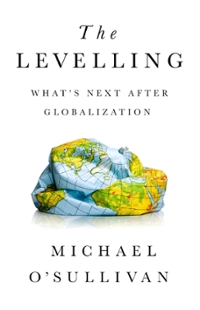Question
The following questions are aboutlong-run equilibrium in the market forcage-free eggs. Source: RachelKrantz, 'Wild-Caught,''Organic,' 'Grass-Fed': What Do All These Animal Welfare Labels ActuallyMean? vox.com, January30,
The following questions are aboutlong-run equilibrium in the market forcage-free eggs.
Source: RachelKrantz, "'Wild-Caught,''Organic,' 'Grass-Fed': What Do All These Animal Welfare Labels ActuallyMean?" vox.com, January30, 2019.
As of2019, the U.S. Department of Agriculture(USDA) did not have detailed guidelines for egg farmers to follow before they could claim that the eggs they sell were laid bycage-free chickens. Some animal rights activists were pushing for the USDA to enact stricter guidelines than many egg farmers were following voluntarily. Such guidelines would be likely to significantly raise the cost of producingcage-free eggs. Suppose that the USDA begins to require these stricter guidelines. What effect will this increase in cost have on thelong-run price ofcage-free eggs? In the longrun, will the quantity ofcage-free eggs belarger, smaller, or the same as it would have been without the USDA adopting theguidelines? Briefly explain.
With the stricterguidelines, other thingsequal, the market price ofcage-free eggs would ___increase, decrease, or remain unchanged_____ (select one of the three answers)
as the minimumlong-run average cost ___ increases, decreases or remains unchanged___ (select one of the three answers)
At the new marketprice, thelong-run equilibrium quantity will be
smaller
larger
unchanged
(Select one of the answers)
Step by Step Solution
There are 3 Steps involved in it
Step: 1

Get Instant Access to Expert-Tailored Solutions
See step-by-step solutions with expert insights and AI powered tools for academic success
Step: 2

Step: 3

Ace Your Homework with AI
Get the answers you need in no time with our AI-driven, step-by-step assistance
Get Started


